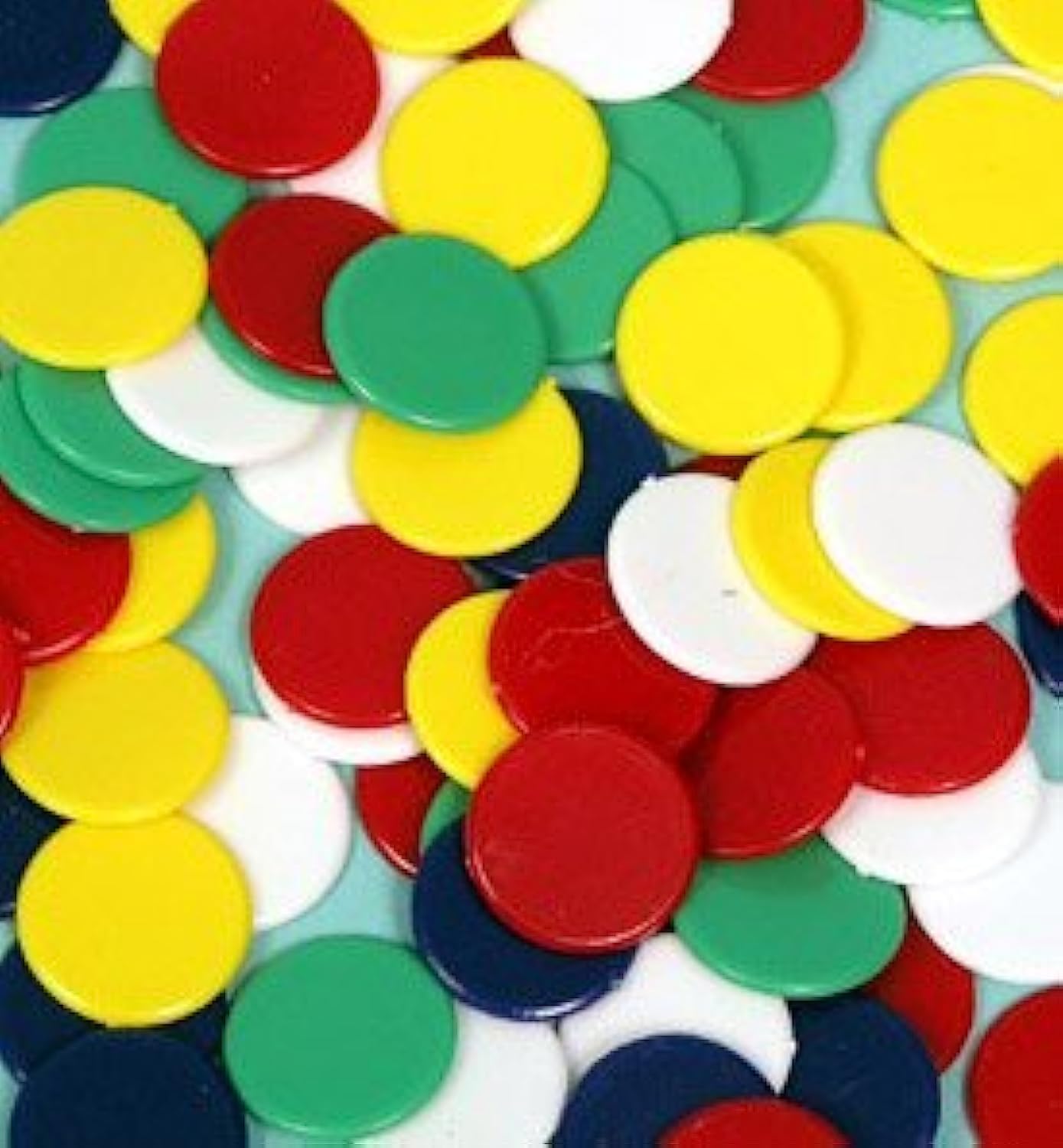About this deal
Calling next() again on enum_instance yields another tuple, this time with the count 1 and the second element from values, "b". Finally, calling next() one more time raises StopIteration since there are no more values to be returned from enum_instance. When an iterable is used in a for loop, Python automatically calls next() at the start of every iteration until StopIteration is raised. Python assigns the value it retrieves from the iterable to the loop variable. seasons = [ "Spring" , "Summer" , "Fall" , "Winter" ] >>> my_enumerate ( seasons )
for count , value in enumerate ( values , start = 1 ): ... print ( count , value ) ... 1 a 2 b 3 c Copied! The modulus of a counter is the number of states in its count sequence. The maximum possible modulus is determined by the number of flip-flops. For example, a four-bit counter can have a modulus of up to 16 (2 Finally, you create two lists from my_enumerate(), one in which the start value is left as the default, 0, and one in which start is changed to 1. In both cases, you end up with a list of tuples in which the first element of each tuple is the count and the second element is the value from seasons. Many counters provide additional input signals to facilitate dynamic control of the counting sequence, such as: A counter circuit is usually constructed of several flip-flops connected in a cascade. Counters are a very widely used component in digital circuits, and are manufactured as separate integrated circuits and also incorporated as parts of larger integrated circuits.In this example, you pass start=1, which starts count with the value 1 on the first loop iteration. Compare this with the previous examples, in which start had the default value of 0, and see whether you can spot the difference. Practicing With Python enumerate()
 Great Deal
Great Deal 